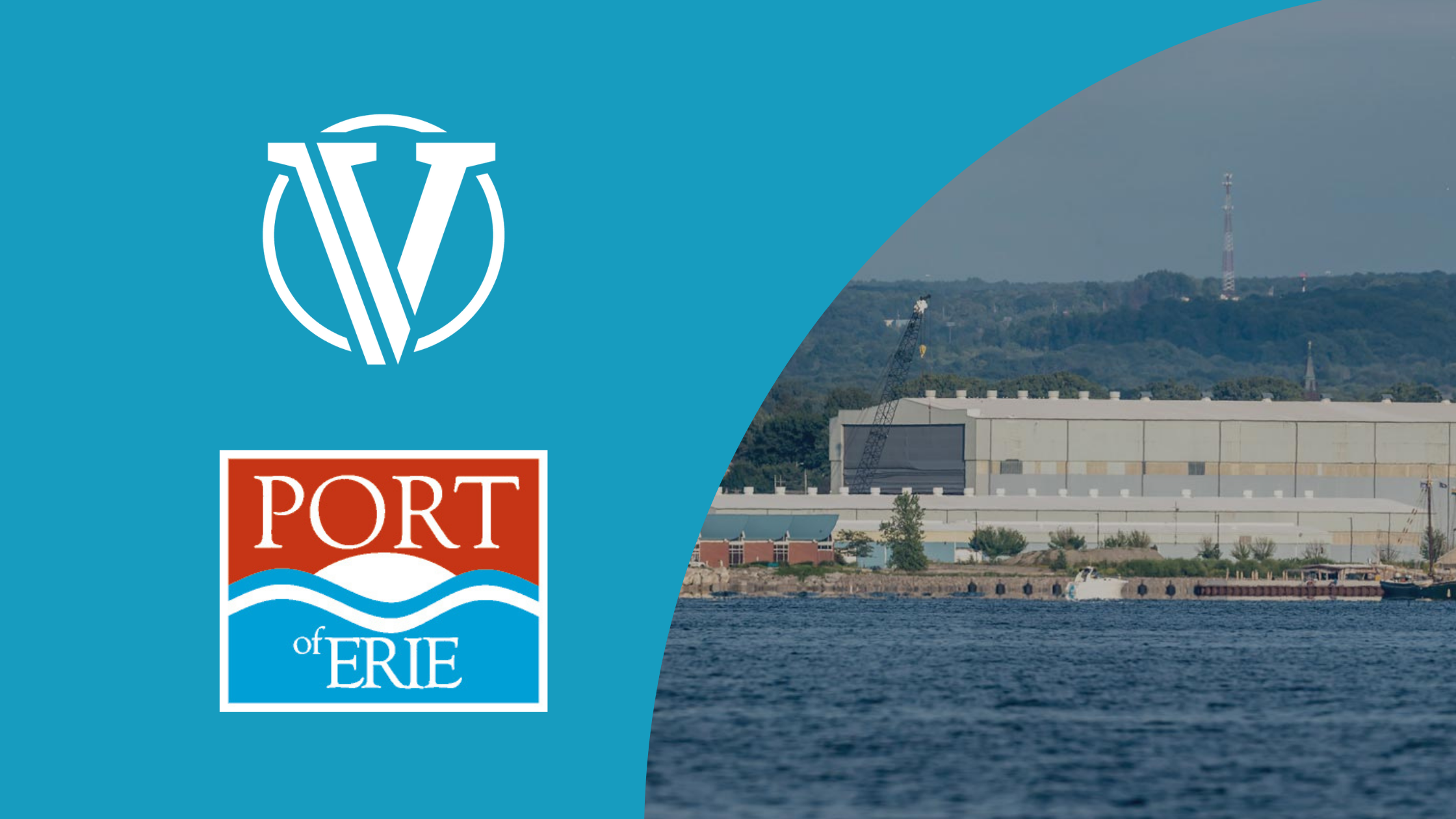Strengthening Transportation Systems: Risk Management and the Role of Armed Security Guards
June 9, 2023
Securing our nation's transportation systems requires a multi-faceted approach that combines effective risk management strategies with the presence of well-trained armed security guards. The Transportation Systems Sector encompasses critical infrastructure subsectors where risk assessment, mitigation, and the deployment of armed security guards are essential for maintaining the safety and resilience of these vital sectors. In this blog post, we will explore the synergistic benefits of integrating risk management practices with the expertise of armed security guards to enhance transportation systems security.
Download Free Guide to Safeguard Critical Infrastructure
1. Aviation Sector: Integrating Risk Management and Armed Security Guards
In the aviation sector, a robust risk management approach combined with armed security guards ensures comprehensive security measures. The key considerations include:
a. Risk Assessment: Conducting thorough risk assessments to identify potential threats, vulnerabilities, and risks associated with airports, airlines, and aviation infrastructure.
b. Risk Mitigation Strategies: Implementing enhanced access control measures, advanced screening technologies, and comprehensive cybersecurity protocols to address identified risks.
c. Armed Security Guards: Deploying well-trained armed security guards at airports to provide visible deterrence, rapid response capabilities, and collaboration with airport authorities and law enforcement agencies during security incidents.
2. Mass Transit and Passenger Rail: Risk Management Strategies and Armed Security Guards
The mass transit and passenger rail subsector plays a critical role in urban transportation. Here's how risk management strategies and armed security guards contribute to its security:
a. Risk Assessment: Conducting comprehensive risk assessments to identify potential threats, such as terrorism, vandalism, and sabotage, considering factors like station vulnerabilities, train operations, and public access points.
b. Risk Mitigation Measures: Implementing enhanced surveillance systems, access control mechanisms, and crowd management strategies to mitigate identified risks. Armed security guards can be deployed at stations, aboard trains, and in high-profile areas to provide a visible security presence and rapid response capabilities.
c. Emergency Preparedness: Developing robust emergency response plans, including active shooter scenarios, and conducting regular drills involving armed security guards, transit operators, and local law enforcement to ensure effective coordination during security incidents.
d. Collaborative Partnerships: Establishing partnerships with local law enforcement agencies, intelligence agencies, and transit authorities to share information, coordinate security efforts, and exchange best practices.
3. Maritime Sector: Risk Management Strategies and Armed Security Guards
In the maritime sector, the integration of risk management strategies with armed security guards is crucial for port and vessel security. Consider the following:
a. Risk Assessment: Conducting comprehensive risk assessments to identify threats such as piracy, unauthorized access, and smuggling, while considering factors like vessel navigation, cargo handling, and port infrastructure vulnerabilities.
b. Risk Mitigation: Implementing physical security measures, cybersecurity protocols, and proactive monitoring systems, while leveraging armed security guards to provide a visible deterrent and rapid response capabilities.
c. Incident Response Planning: Developing robust emergency response plans and conducting drills that involve armed security guards, port authorities, vessel operators, and law enforcement agencies to ensure a coordinated response during security incidents or emergencies.
4. Pipeline Systems Sector: Integrated Risk Management and Armed Security Guards
The pipeline systems sector requires a holistic approach that combines risk management strategies with armed security guards to ensure the secure transportation of hazardous materials. Consider the following measures:
a. Risk Assessment: Conducting comprehensive risk assessments to identify threats, vulnerabilities, and potential risks to the pipeline infrastructure, including physical breaches, cyber threats, and environmental hazards.
b. Risk Mitigation: Implementing physical security measures, conducting regular inspections, and integrating advanced monitoring systems, while leveraging armed security guards to protect pipeline facilities, detect potential threats, and respond swiftly to security incidents.
c. Collaborative Partnerships: Armed security guards collaborate with pipeline operators, government agencies, and emergency responders to establish effective incident response plans, share information, and address emerging risks collectively.
Conclusion:
To enhance the security and resilience of our transportation systems, integrating risk management strategies with the deployment of armed security guards is essential. By conducting comprehensive risk assessments, implementing risk mitigation measures, and leveraging the expertise of armed security guards, we can deter potential threats, respond effectively to security incidents, and ensure the uninterrupted flow of goods, services, and passengers. This collaborative approach fortifies the aviation, mass transit and passenger rail, maritime, and pipeline systems sectors, contributing to a safer and more secure transportation infrastructure for our nation.





